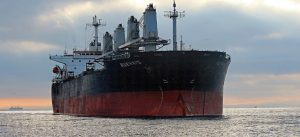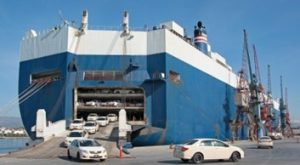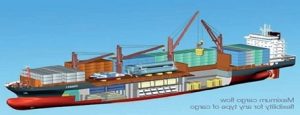Tankers, for example, are utilized to transport liquids in bulk, including crude oil, petroleum products, chemicals, and liquefied natural gas (LNG). Furthermore, there are various types of tankers, such as crude oil tankers, product tankers, chemical tankers, and LNG carriers, each designed for specific liquid cargoes. Consequently, these specialized vessels efficiently handle different types of liquid transportation needs.
Advanced Diploma in Professional Accounting & Office Administration at URBX Knowledge Park
Posted on :01/12/2025

















